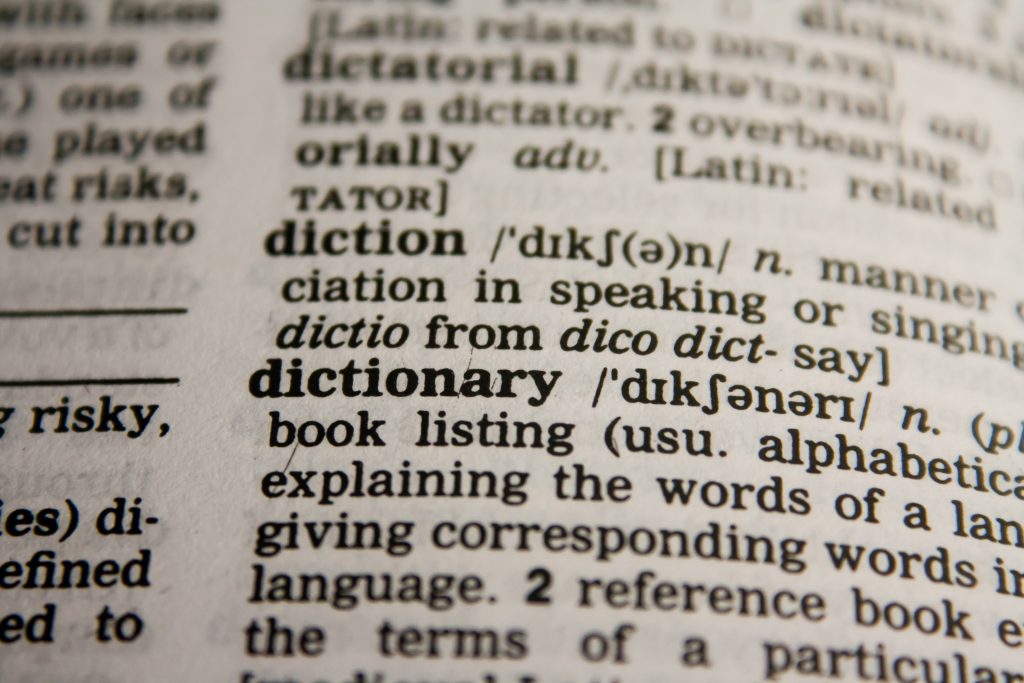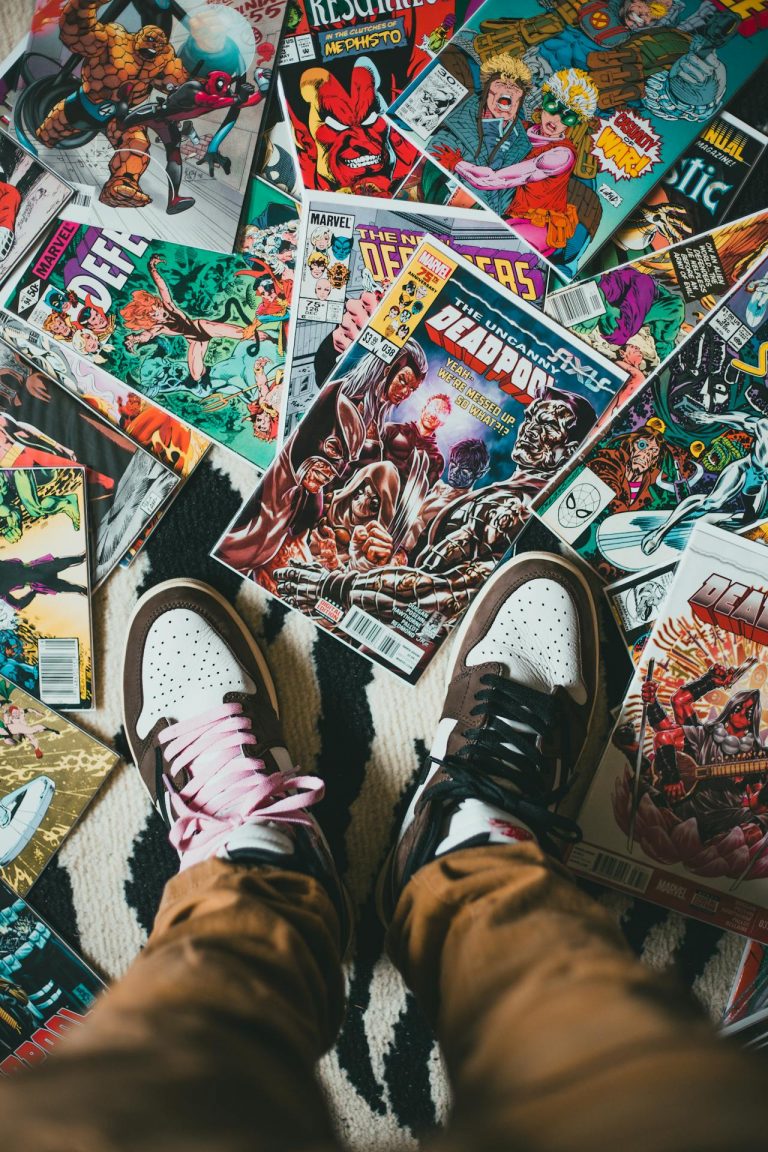The Asian American Community Is Not Seeking Mental Health Care. Why?
Previously, we discussed the overall picture of Asian American mental health. In this article, we will find out why many Asian Americans do not seek therapy.
English Proficiency Level: A Language Barrier

In America, the dominant language is English. As a result, English is the dominant language in most services. According to a survey released by the American Psychological Association, only 5.5 percent of U.S. psychologists reported being able to offer treatments in Spanish in 2016. Furthermore, only 10.8 percent could provide services in any other language.
However, the proportion of Asian Americans who speak limited English does not match that number. Compared to 46 percent of all immigrants, 42 percent of immigrants from Asia (aged five and above) reported having limited English proficiency (LEP) in 2019.
This discrepancy is an obstacle for Asian Americans accessing medical treatment.
Miscommunication is a consequence of the language barrier. The inability to fluently demonstrate the patients’ feelings and suffering in English can lead to misunderstandings between Asian American patients and therapists.
Moreover, Asian Americans tend to retreat from the treatment since they doubt their ability to be perceived linguistically. According to a study about English language proficiency and mental health service, compared to English-proficient people, LEP people with mental disorders were much less likely to recognize a need for mental health services and use fewer mental health services overall.
Influences of Cultural Norm
Asian Americans have different perspectives on mental health aspects. First, the preceding Asian generations believed that individuals could control and cure their mental health.
As a result, there is an assumption that Asian Americans have the power of the inner mind to minimize their mental illness without seeking additional medical treatment (Lee et al., 2009).
Moreover, since time immemorial, Asian ancestors have established a model they believe youth should follow. Two of the most critical characteristics of this model are always showing strength and never displaying weakness. The Asian American ancestors viewed those who show weakness as worthless and deficient.
These mindsets have been passed down from generation to generation. Consequently, for Asian Americans, there has been an association between seeking mental assistance and shame.
To actively ask for therapy is tantamount to admitting weakness in their perspective. This act goes against the characteristics of the established role model.
Long-term Consequences and Potential Solutions
Untreated mental illness puts Asian Americans in a state of critical emergency. Worse conditions over time, physical health concerns, money troubles, unstable employment, prison, being taken advantage of by others, and suicide are some of the most significant problems.
According to Clubhouse International, approximately 90 percent of suicides are due to mental diseases. Meanwhile, more than 90 percent of suicides result from untreated mental illness.
Addressing the root of the problems including diversity and inclusion is the essential solution. Multiple languages used in therapy services are in significant demand. It is the tool to break the barrier between therapists and LEP Asian Americans. Moreover, bridging the gap between linguistic barriers can increase patients’ trust and confidence, facilitating the therapeutic process.
The second solution is to gradually establish a new cultural belief about mental health treatment in Asian American culture. Since cultural norm is a factor that has influential power, it takes time for the Asian American community to absorb and experiment.




